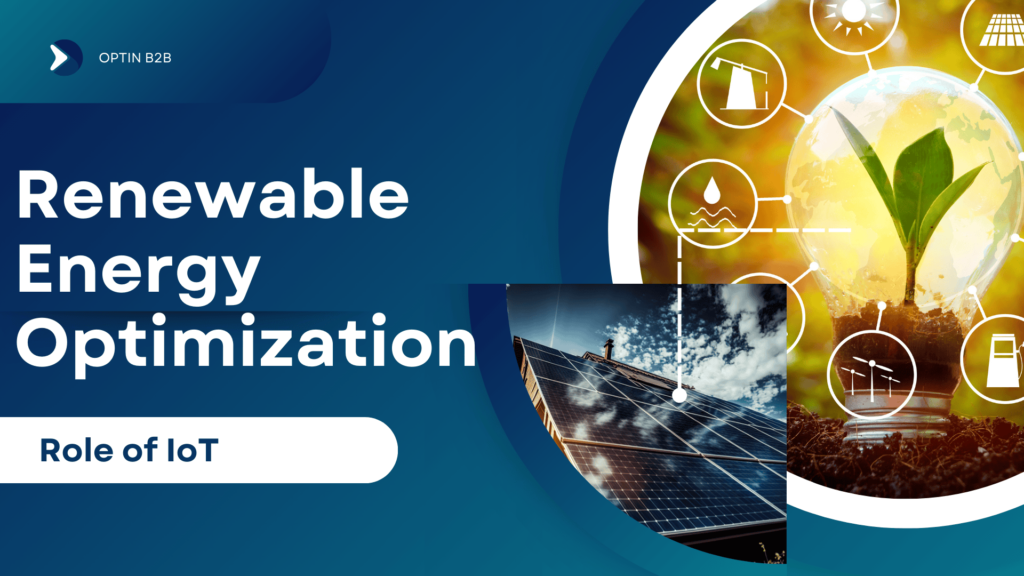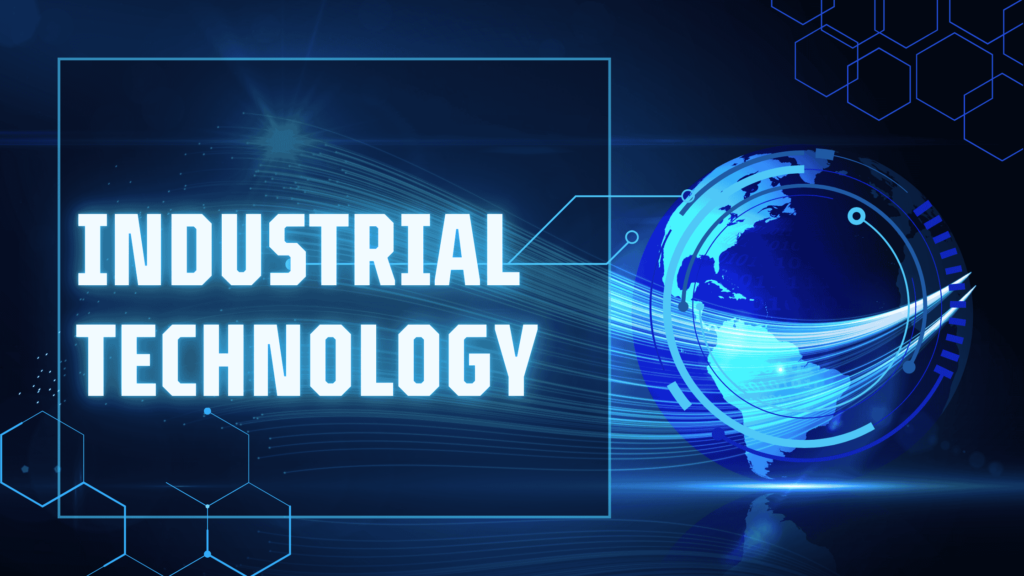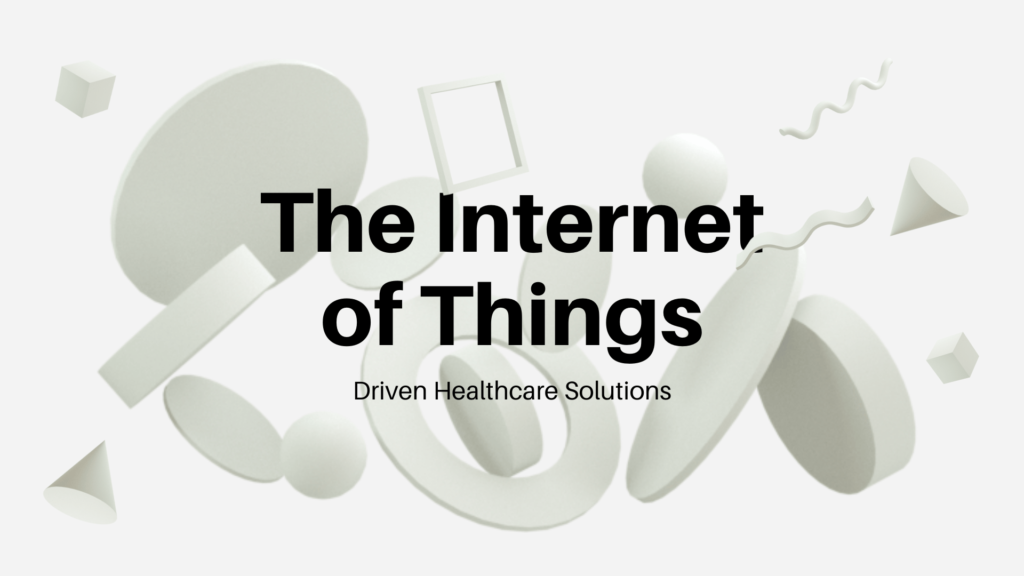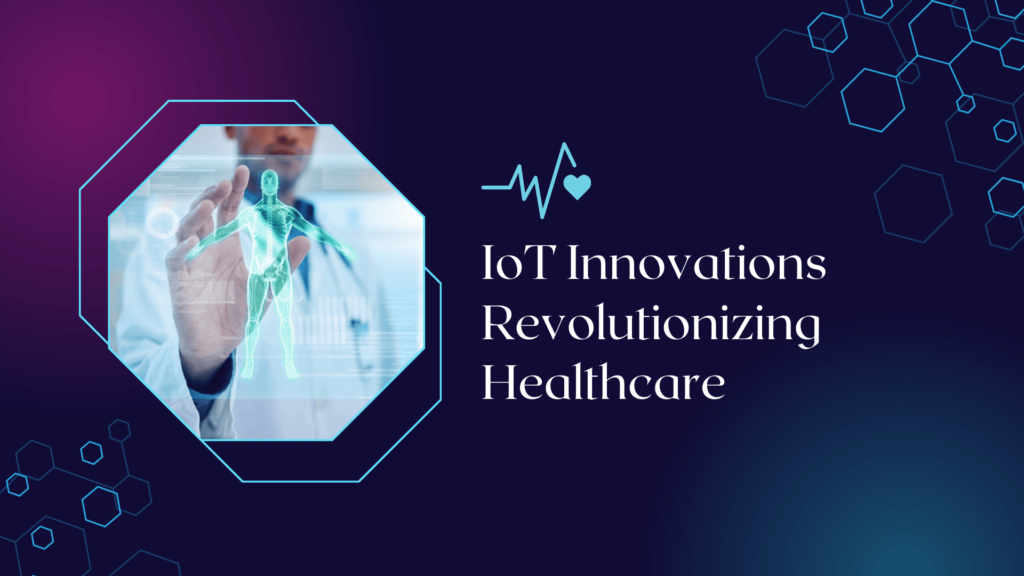The Role of IoT in Renewable Energy Optimization
The Internet of Things (IoT) is playing a transformative role in the renewable energy sector, enabling smart and efficient management of energy systems. IoT devices, such as sensors and smart meters, provide real-time data from solar panels, wind turbines, and hydroelectric plants, ensuring optimal performance and maintenance. Companies like GE Renewable Energy are utilizing IoT-powered predictive analytics to reduce downtime and extend equipment lifespan. These systems alert operators to potential issues before they become critical, saving costs and resources. Energy management platforms powered by IoT, such as those developed by Schneider Electric, allow businesses to monitor energy consumption and optimize usage. This technology is vital for integrating renewables into smart grids, ensuring reliable energy distribution. IoT is also enabling remote monitoring of renewable installations in inaccessible locations. For example, wind farms in remote areas use IoT devices for maintenance and performance analytics without requiring on-site technicians. As IoT continues to evolve, its role in renewable energy will grow, driving efficiency, lowering costs, and supporting the transition to sustainable energy systems.




